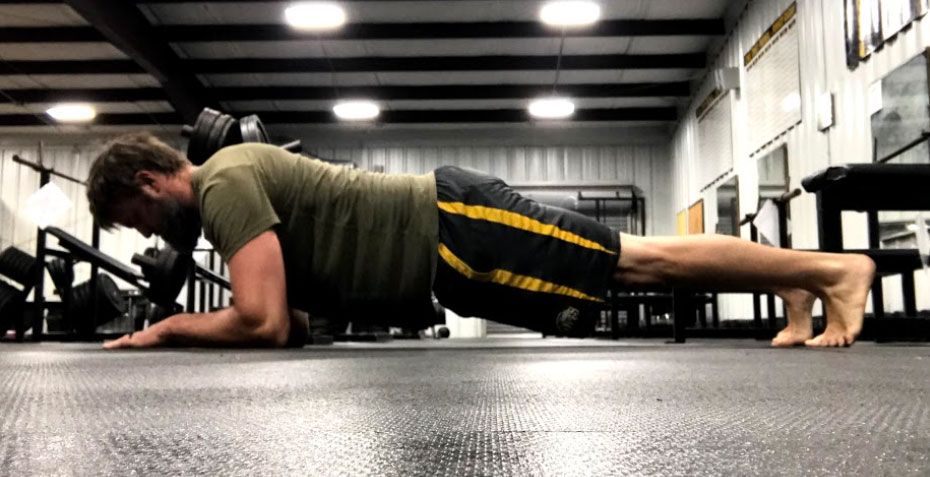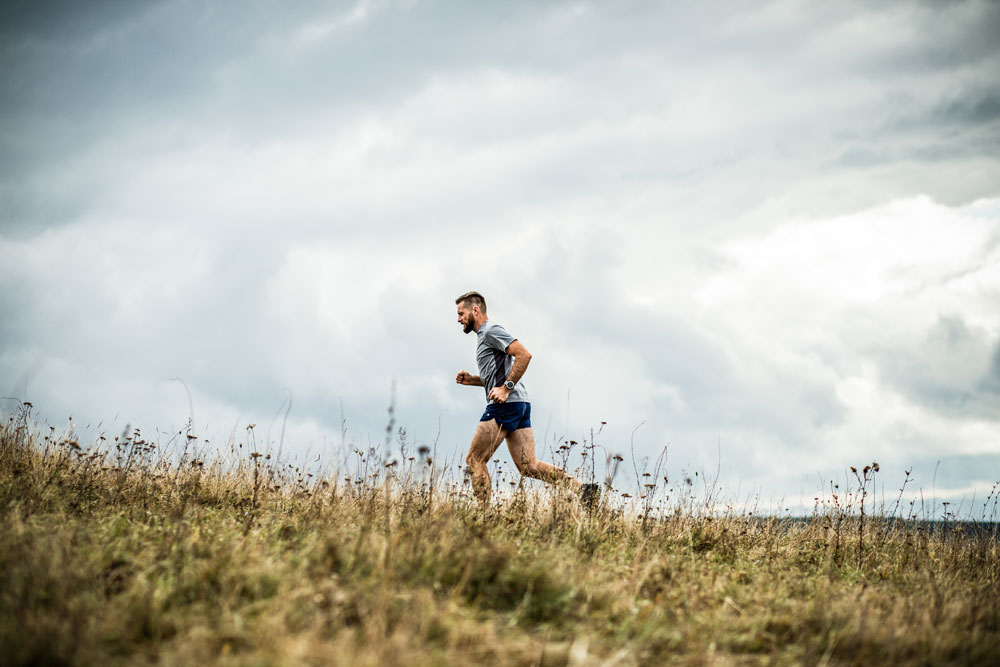Basic hiking trails are designed to be accessible to a wide range of people, and they don’t require much physical fitness to tackle. If you want to try serious backpacking like a fourteener in Colorado, you’ll need to be physically fit.
Hiking short local trails is the best training for longer hikes, but some gym time is essential for improving your stability, strength, and resilience for rugged terrain. As part of your training regimen, try to include some short hikes so you can allow your body to adapt to the different types of terrain and inclines. It also allows you to get used to carrying and using your hiking gear. If possible, increase your distance by 10% each week to help develop your endurance.
Most people recognize that cardio is an essential component for efficient hiking, but a strong core and upper-body strength are also important. Try these nine easy ways to get in shape and get ready for the hiking season.

1. Go for a brisk walk.
If you are a novice hiker, start your training regimen by walking around your neighborhood, local park, or beach. Make sure to walk fast enough to drive up your heart rate and work up a sweat.
Although walking up and down hills is great for recreating the feeling of hiking, look for a sandy place to hike as well. Walking in sand helps build up key leg and ankle muscles that can help prevent sprains once you’re out on the trail.
2. Take the stairs.
Hiking involves some uphill and downhill inclines, which can be hard to practice if you live in a flat area. Walking up and down stairs mimics the types of motions required while hiking and is a great way to build leg and core muscles.

3. Work on your core.
Your core muscles are essential to maintaining stability and balance on rugged terrain, so they’re just as important as leg stamina. While you don’t need a full six-pack to tackle a multi-day hike, by the end of each day your back and stomach muscles will hurt if they’re not conditioned.
Crunches and planks are great exercises for building core stomach muscles. Once you have these basic exercises mastered, try leveling them up with variations that incorporate weights and other equipment.
4. Get used to your backpack.
Carrying a heavy backpack can drain your stamina fast. This is especially true if hiking by yourself, since you’ll have to carry every piece of gear you might need on your trip.
Building your core muscles helps, but your shoulders, neck, and legs also need appropriate training. Start by wearing a lighter version of your backpack while doing step-ups or walking up stairs, and then gradually add five pounds at a time until you can handle the full weight that you anticipate carrying during your hike.
5. Try resistance bands.
Resistance bands are an excellent way to build up muscle strength. They strengthen your muscles through their full rotation and extension, helping build strength that can prevent injuries.
Wear resistance bands while performing lunges and squats to add an extra level of difficulty to your exercise routine. Another excellent resistance band exercise for improving glute muscle and joint strength is the lateral band walk.
Place the resistance band around your legs just above the knee. Stand with your legs hip-width apart. Then, position your body into a squat position with your back straight and core engaged. Step to the side with your left foot, and bring your right foot to meet it, keeping tension in the band. Repeat three times, and then side walk in the other direction, leading with the right foot. Perform 8-10 sets on each leg.
6. Do lunges.
Lunges prevent conditions such as Hiker’s Knee, improve your posture, and strengthen your core when done correctly.
Standing, side, and walking lunges are all great for hikers. Start by doing short sets of eight per side, and then increase the number of sets and slowly add weights for a better workout. Do not allow your knee to extend farther than your foot to avoid injury.
7. Get a jump rope.
Jumping rope is an excellent exercise for hikers trying to avoid post-hiking fatigue. Hiking requires a healthy heart and lungs, and a good cardio workout helps improve your body’s ability to get enough oxygen and pump blood quickly. Jumping rope for 10 minutes is the equivalent of a 30-minute jog at 6 mph, so it’s an efficient alternative to hitting the pavement.
8. Incorporate push-ups.
Push-ups are essential to being able to carry your backpack long distances. Even if you don’t have any problem with just carrying your backpack, taking your heavy backpack off and putting it back on can cause injuries if your shoulders and arms aren’t strong enough.
If you can’t do a full push-up yet, you can do a knee-supported version instead of standard push-ups. You can also do one at an angle by placing your knees on the floor and your hands on a bench or another surface slightly above the ground. This takes some of the weight off your shoulders and arms so you can gradually build up your upper body strength.

9. Use functional training techniques.
To prepare for hiking, you need to strengthen the muscles that you predominantly use on your outdoor adventures. This targeted approach to exercise is known as functional training. The main muscle groups used during any hike, whether steep or flat, are your glutes and core. These muscles stabilize your spine and pelvis and create a driving force to help you scale any elevation.
One of the best exercises for working these two muscle groups simultaneously is the Side Plank with Hip Abductor. Lie on your side, lift your hips, and raise yourself on your elbow to form a diagonal line from the floor to your shoulder. Raise your top leg to create a line parallel to the floor from your shoulder to foot. Hold for 20 seconds, and then repeat on the opposite side.
Perform 4-6 sets each day, gradually increasing the holding time by 10 seconds each day to build up your strength.
Ready for Adventure
Hiking can be challenging for those who aren’t in great shape. If you haven’t been on a hike in a long time, put extra effort into preparing for your journey. Even a strenuous single-day hike can leave you sore and worn out if you’re not careful.
By getting into shape ahead of time, you’ll make it easier to enjoy the hike. Easy exercises like crunches, lunges, and even long, brisk walks can all play a part in your routine. What’s important is that you put the work in and get your heart rate going so your body is ready for the task.






























